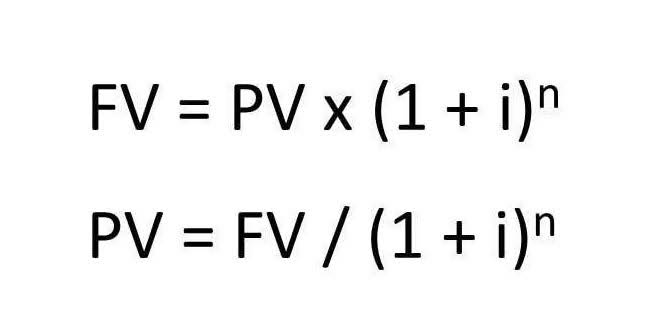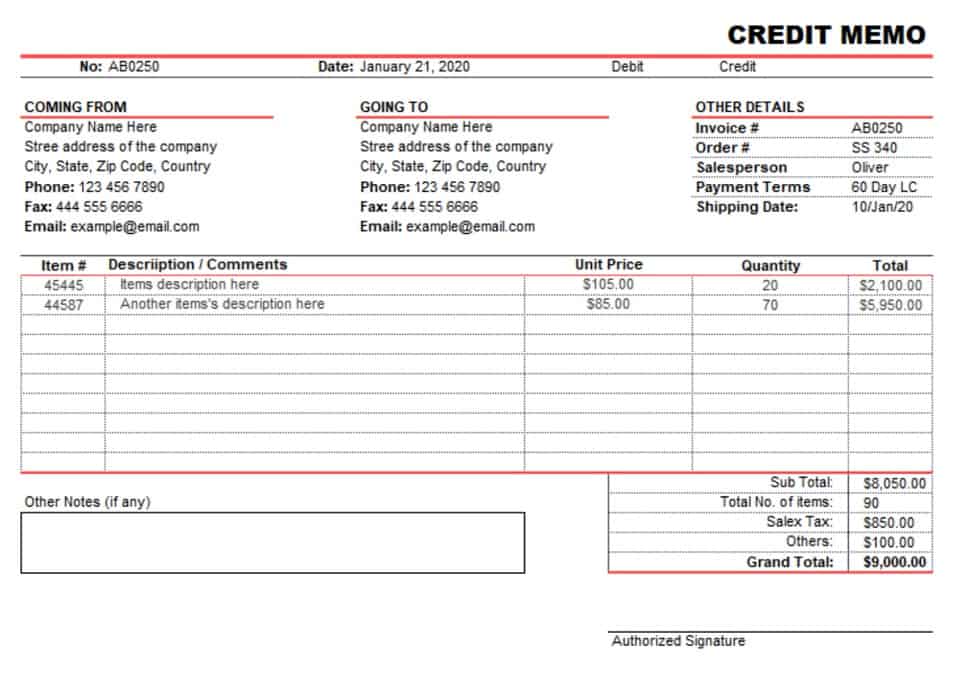
This also improves audit transparency by providing a clear trail of financial transactions. Reach Reporting recommends using automated solutions to track and what is multi entity accounting adjust intercompany transactions in real time, reducing the manual effort required and improving accuracy. Reach Reporting suggests adopting a standardized COA to align financial reporting for multi-entity organizations, especially when managing diverse entities and accounting systems.

How to Optimize Multi-Entity Reporting with Audit Tools

As a result, consolidating financial statements for these organizations goes beyond just a regulatory requirement, functioning instead as an essential and necessary strategic imperative. Multi-entity consolidation refers to the process of combining financial statements from all entities within a business into a single set of financial reports. This process ensures that intercompany transactions are eliminated and the financial results accurately reflect the organization’s total performance. This article explores how multi-entity accounting works, the key benefits it provides to growing organizations, and the common challenges companies face when implementing it. The nature of multi-entity reporting means mid-sized companies are often having to process more transactions and report on a growing number of entities. This requires substantial effort from finance teams to transfer multiple sets of subsidiary accounts into one consolidated view.
- As mentioned above, multi-entity organizations operate across multiple subsidiaries, divisions or joint ventures.
- Multi-entity accounting software is often used to automate tedious tasks and maintain compliance across jurisdictions.
- Accounting for multiple entities is the process of consolidating all the financial statements of various subsidiaries into a single balance sheet that accurately reflects the parent company’s performance.
- This is especially useful for multi-entity organizations that need to analyze financial data across different segments.
- As a result, the firm’s clients have more accurate and timely financial reports, enhancing their capability to make better business decisions.
- Organizations can achieve success by following a structured approach that addresses both technical and organizational requirements.
Multi-entity accounting software
Multi-entity accounting systems automate these processes, saving time and reducing the risk of human error. According to Accenture’s Making Finance the Predictive Powerhouse report, 62% of CFOs say demand for insights from financial data is rising, yet 53% admit their teams are too reactive to keep up. In conclusion, while multi-GAAP financial reporting presents significant challenges for multinational corporations, effective strategies and tools exist to streamline processes and ensure compliance. As the push for global accounting standard convergence continues, companies must remain adaptable and proactive in their approach to financial reporting in an increasingly interconnected global economy. Preparing financial reports that satisfy both national regulators and parent group requirements is a significant challenge in multi-GAAP environments.

Decoding Consolidated Reporting: The Backbone of Financial Management
The primary distinction between IFRS and GAAP lies in their methodological approaches. GAAP is rules-based, providing specific guidelines for various accounting scenarios, while IFRS is principles-based, offering more room for interpretation. This fundamental difference impacts how financial information is reported and interpreted https://www.bookstime.com/articles/cash-conversion-cycle across different jurisdictions. It’s also important to regularly check GAAP and IFRS reporting guidelines and compliance regulations, especially as your company scales.

Using the same software creates one uniform source of truth that every business subsidiary feeds into regularly and creates financial data that a CFO can rely on. The way multi-entity accounting software works makes it easier to assess what’s performing well, whether it’s a specific product or territory. The CFO will then have to spend time compiling all of the financial data of multiple subsidiaries into one document to present to the rest of the C-suite. For the sake of CFOs everywhere, let’s break down exactly what multi-entity accounting is, why it’s so challenging and how multi-entity accounting software can make things that little bit simpler. Thus, overlooking this type of system creates disparate and siloed sources of financial data within a company, often meaning it’s difficult to gauge how the organization is performing with a high degree of accuracy.

If you combine all of these transactions immediately, it can inflate the numbers in your financial statements. Therefore, it’s important to match them before producing a consolidated financial statement. To simplify financial management, you can also https://marketingconplantillas.com/statement-of-cash-flows-definition-format-examples-2/ try an enterprise resource planning solution. As soon as a business subsidiary exists, accounting work is essentially doubled – and all those different financial accounts have to talk to each other. Especially for those who rely on financial data to make important decisions, it can be frustrating to deal with inaccurate, incomplete, or outdated records.